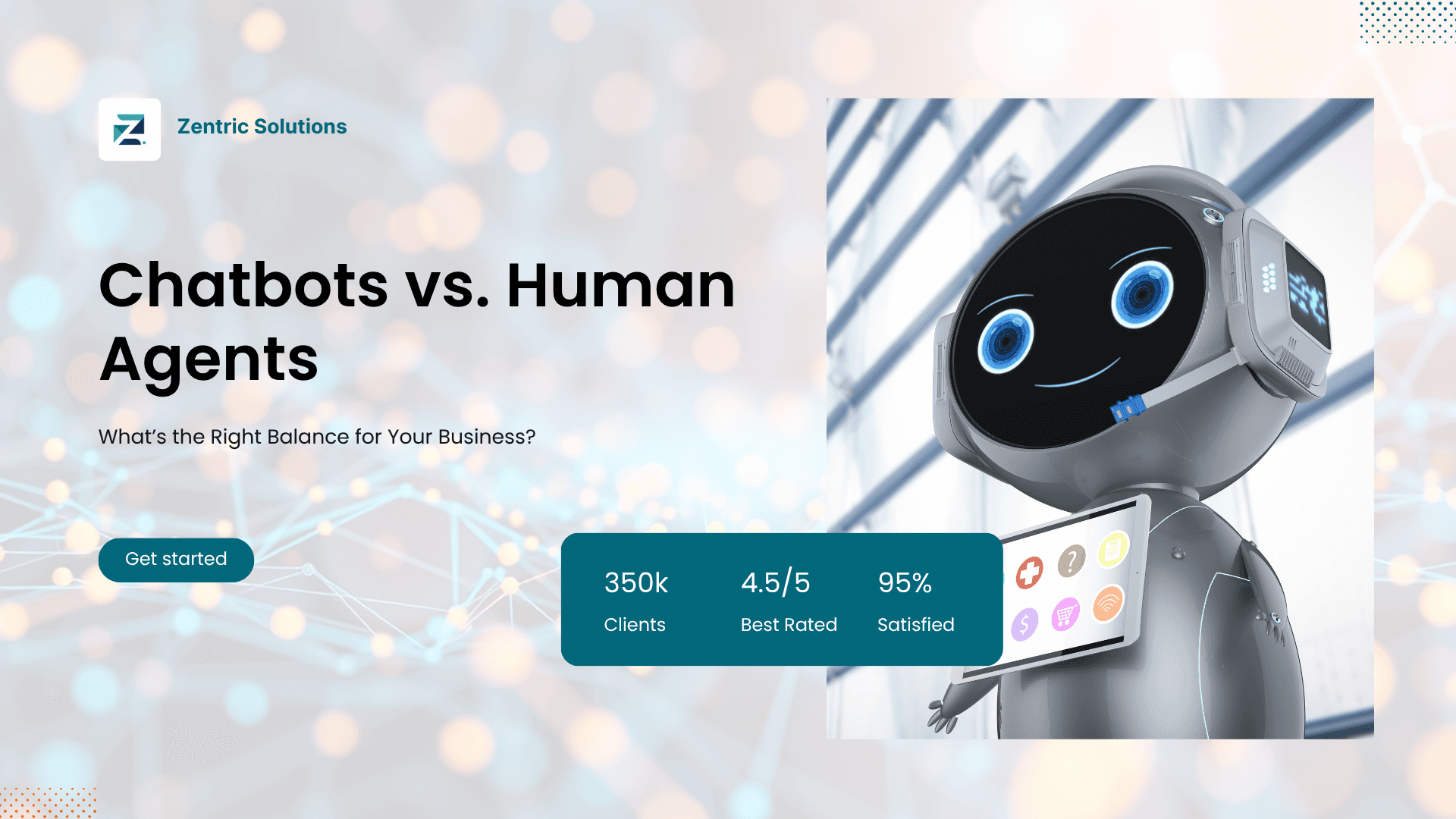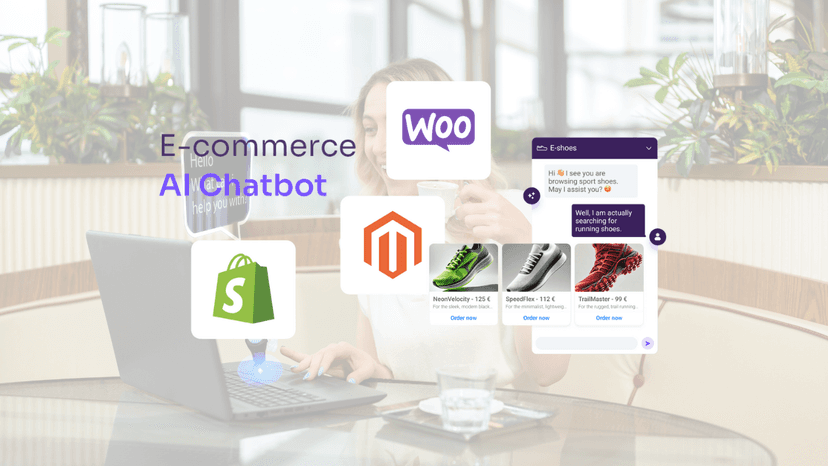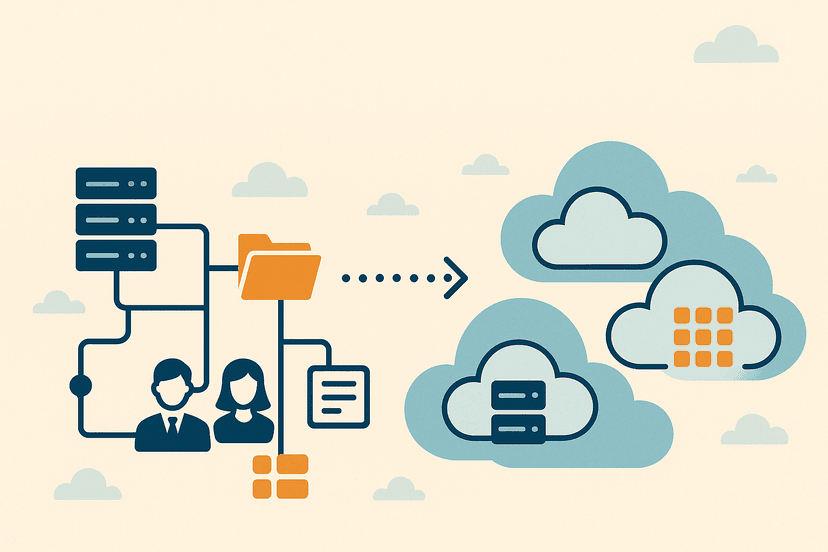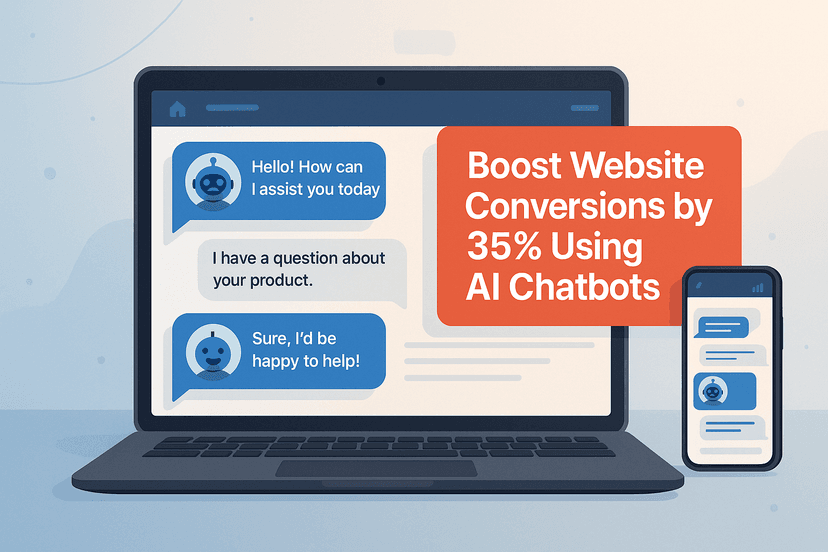
The importance of automation and artificial intelligence (AI) in business communication has grown in our increasingly digital world. Businesses are using cutting-edge technologies, especially chatbots, to meet the expectations of their customers, who want faster and more effective service. A major challenge, though, is striking a balance between chatbot efficiency and the empathy and comprehension that only human agents can offer in the midst of this automation wave. Finding the "right balance" between technology and human interaction is essential to succeeding in today's customer-focused environment, guaranteeing a flawless customer experience while maximizing operational efficiency.
1. The Evolution of Customer Support
Customer service has changed dramatically over the last few decades. Live chat, social media support, and AI-enhanced systems have replaced the traditional phone calls and email interactions that once dominated the market. Consumer expectations have changed in tandem with the proliferation of digital communication platforms. Consumers now expect prompt responses, round-the-clock accessibility, and tailored exchanges that address their particular requirements.
Customers of today demand responsiveness and agility from brands. 75% of consumers expect a consistent experience across channels, according to a Salesforce survey, underscoring the significance of combining automation and human interaction for the best possible service delivery.

2. The Power of Automation
Artificial intelligence (AI)-driven chatbots use Natural Language Processing (NLP) to comprehend and instantly reply to consumer questions. Their ability to manage structured tasks and respond quickly improves customer engagement.
3. Advantages of Chatbots:
-
Scalability: Thousands of customers can be served concurrently by a single chatbot, handling peak periods without sacrificing service quality.
-
Cost-effectiveness: Automating repetitive tasks lowers operating expenses related to recruiting and onboarding human employees.
-
Quick Responses: Clients get help right away, which can greatly increase their level of engagement and satisfaction.
-
Data Handling: Chatbots are capable of analyzing vast amounts of data to learn about the preferences and actions of their users.
Examples from the real world demonstrate how effective chatbots are. For example, chatbots are used by e-commerce companies to track orders, allowing customers to instantly check the status of their shipments. Onboarding assistants are also frequently used by SaaS companies to help new users navigate software features, improving user experience and lowering attrition rates.

4. Human Agents
While chatbots offer undeniable advantages, human agents bring unique strengths to customer interactions.
Strengths of Human Agents:
Humans possess emotional intelligence, which allows them to understand subtle emotional cues that a bot might overlook.
Nuanced Problem-Solving: Human expertise is frequently needed to solve complex problems, especially when a customer's concern does not fall under one of the predetermined scenarios.
Building Trust: In industries where relationships are crucial, such as healthcare, finance, and luxury brands, the human touch cultivates rapport and trust.
Not with standing these advantages, it's critical to acknowledge the drawbacks of human agents, including their increased expense, delayed reaction times, susceptibility to burnout, and inconsistent performance. Delivering outstanding customer experiences requires finding a balance between these two strategies, which can be difficult.
5. Chatbots vs. Human Agents
The size of the business, financial restrictions, and the type of service being offered all play a role in selecting the best strategy. Assessing their service requirements can help businesses decide when to use chatbots and when human interaction is necessary.

The Best of Both Worlds
Integrating chatbots and human agents into support systems is a successful tactic for many businesses. For instance, chatbots can answer commonly asked questions, freeing up human agents to work on more complicated problems that call for in-depth product knowledge and analytical abilities.
Top Techniques for Easy Transitions:
- Clear Pathways: Make sure users are aware of how to report problems from the chatbot to a human representative.
- Consistent Experience: Keep things smooth so that switching from a bot to a human seems normal.
- Track Performance: Examine interaction data to continuously enhance the transition process.
The potential benefits of combining chatbots and human agents are highlighted by a Gartner study that found businesses using AI for customer service can anticipate an increase in customer satisfaction scores of up to 28%.

For today's businesses looking to excel in customer service, striking the correct balance between automation and human interaction is essential. Although chatbots are efficient and scalable, human interaction is essential for establishing deep connections. In order to adopt a hybrid strategy that successfully blends the advantages of chatbots and human agents, businesses should routinely assess their customer support systems. In addition to improving customer satisfaction, this well-rounded strategy will foster loyalty and long-term success.
The time has come for businesses to think about combining these two effective tools in order to enhance the customer experience. Make the move to a more effective and compassionate approach to customer service by auditing your systems and investigating possible applications.





